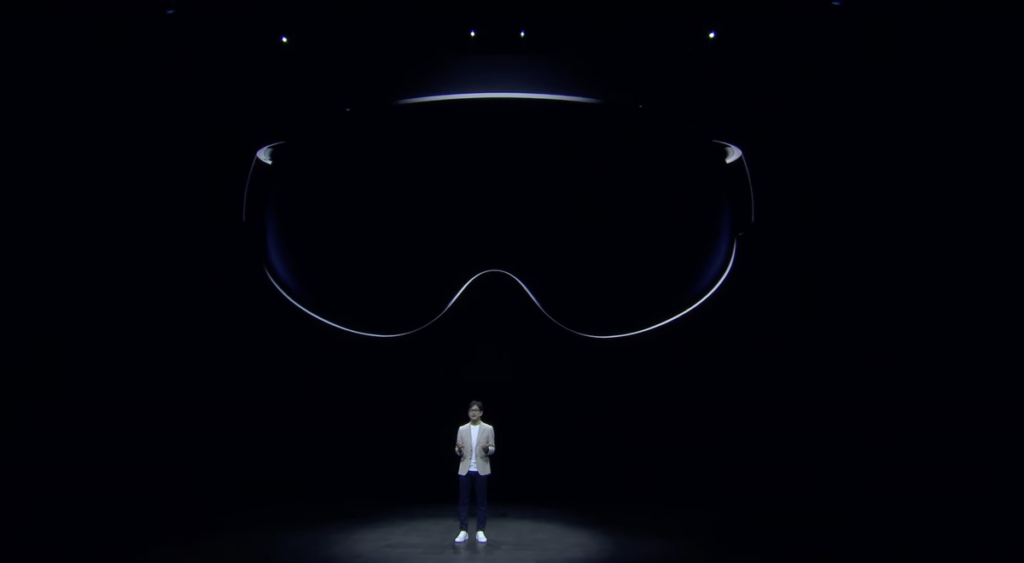Falcon 9 Launch Overview
The Falcon 9 rocket, developed by SpaceX, has become a cornerstone of modern space exploration. With its reusable design and impressive payload capacity, this rocket has made history since its first launch in 2010. The recent mission featuring the dual lunar landers, Blue Ghost and Resilience, adds another chapter to the Falcon 9 legacy. This launch marked a significant milestone in lunar exploration, showcasing the capabilities of private companies in the aerospace industry.
The Falcon 9 took off from Kennedy Space Center, a site steeped in history and synonymous with space exploration. As the rocket ascended into the sky, it delivered its payload to a precise orbit, demonstrating the reliability that has made SpaceX a leader in space technology. The dual payload of Blue Ghost and Resilience represents a leap forward in our quest to return to the Moon and beyond, making this mission particularly noteworthy.
Blue Ghost: A New Era in Lunar Exploration
Blue Ghost, developed by Intuitive Machines, is a groundbreaking lunar lander designed to facilitate scientific research and exploration on the Moon’s surface. This mission aims to support NASA’s Artemis program, which seeks to return humans to the Moon by the mid-2020s. Blue Ghost is equipped with cutting-edge technology that allows it to transport payloads and conduct experiments on the lunar surface.
One of the most exciting aspects of Blue Ghost is its versatility. It can operate autonomously, which is crucial for missions where communication delays with Earth could hinder operations. The lander’s ability to perform on-site analysis means that scientists can gather data more efficiently and make real-time decisions based on their findings. This capability opens up new avenues for research and exploration, making Blue Ghost a key player in the future of lunar missions.
The lander’s design prioritizes both safety and efficiency. With advanced navigation systems and robust landing gear, Blue Ghost is engineered to handle the Moon’s challenging terrain. The mission aims to demonstrate the lander’s capabilities while paving the way for future lunar missions that could involve human crew members.
Resilience: Expanding Horizons in Lunar Research
Resilience, the second lunar lander on this mission, is tailored for a different but equally important purpose. Developed by the space technology company Astrobotic, Resilience is designed to deliver scientific payloads and support lunar exploration efforts. The lander is equipped with numerous scientific instruments that will gather crucial data about the Moon’s surface and environment.
One of Resilience’s primary objectives is to study lunar regolith, the layer of loose, fragmented material covering the Moon’s surface. Understanding the composition and properties of lunar regolith is vital for future exploration, especially if we aim to establish a sustainable human presence on the Moon. The data collected by Resilience could inform future missions, helping scientists identify resources that can be utilized in lunar habitats.
Additionally, Resilience is designed to work seamlessly with other lunar missions, including those planned by NASA and international space agencies. This collaborative approach enhances the scientific value of each mission, as multiple landers can share data and findings, contributing to a more comprehensive understanding of the Moon.
Collaboration and Innovation in Space Exploration
The launch of Blue Ghost and Resilience aboard the Falcon 9 demonstrates the power of collaboration in the field of space exploration. Private companies like Intuitive Machines and Astrobotic are paving the way for a new era of lunar exploration, working hand-in-hand with established space agencies such as NASA. This partnership allows for the pooling of resources, expertise, and technology, which can accelerate the pace of discovery.
The innovation stemming from this collaboration is evident in the advanced technologies employed in both landers. From autonomous navigation systems to cutting-edge scientific instruments, Blue Ghost and Resilience embody the spirit of innovation that is driving space exploration today. As more private companies enter the arena, the competition fosters advancements that benefit the entire aerospace industry.
Moreover, the success of this mission is likely to inspire further investment in space exploration initiatives. As the world becomes increasingly interested in lunar missions, the potential for commercial partnerships and private investments will expand, leading to even more ambitious projects in the coming years.
The Future of Lunar Exploration
The successful launch of Falcon 9 carrying Blue Ghost and Resilience is a promising indication of what lies ahead for lunar exploration. As we look toward the future, the importance of returning to the Moon cannot be overstated. The Moon serves as a stepping stone for deeper space exploration, including crewed missions to Mars and beyond.
In addition to scientific research, lunar exploration has the potential to unlock vast resources. The Moon is thought to contain valuable materials, including helium-3, which could be used for fusion energy. By establishing a sustainable human presence on the Moon, we can begin to explore these resources and develop technologies that could support life beyond Earth.
The Artemis program, which aims to land “the first woman and the next man” on the Moon by 2024, is a testament to humanity’s commitment to exploring our celestial neighbor. The collaboration between public and private entities will be crucial in achieving these ambitious goals. The Falcon 9’s role in launching Blue Ghost and Resilience highlights the essential contributions that commercial space companies are making to the broader exploration agenda.
Challenges and Considerations in Lunar Missions
While the excitement surrounding lunar exploration is palpable, there are numerous challenges that must be addressed. One of the most significant hurdles is ensuring the safety and reliability of landing systems. The Moon’s surface is fraught with obstacles, including craters and boulders, making precise landings critical. Both Blue Ghost and Resilience have been designed with these challenges in mind, but continuous testing and iteration will be necessary to refine their capabilities.
Additionally, the harsh lunar environment presents unique challenges for equipment and human habitation. Extreme temperatures, radiation exposure, and micrometeorite impacts are just a few of the factors that must be considered when designing missions. The data collected by Blue Ghost and Resilience will be invaluable in informing future mission designs and ensuring the safety of astronauts and equipment.
Sustainability is another important consideration. As we venture further into space, it is essential to develop strategies for minimizing our environmental impact, both on the Moon and in space. This includes responsible resource extraction and waste management practices that will ensure the longevity of lunar exploration initiatives.
Public Interest and Support for Space Exploration
Public interest in space exploration has surged in recent years, fueled by successful missions and advancements in technology. The launch of Falcon 9 carrying dual lunar landers has captured the imagination of people around the world. Engaging the public is crucial for garnering support for future missions and investments in space technology.
Educational initiatives play a significant role in fostering interest in space exploration. By providing opportunities for students to learn about space science and engineering, we can inspire the next generation of scientists, engineers, and explorers. Public outreach programs, interactive exhibits, and virtual experiences can help demystify space exploration and encourage curiosity about the universe.
Moreover, the role of social media and digital platforms in sharing updates and discoveries cannot be underestimated. Real-time updates during launches and missions allow people to feel connected to the process, further fostering enthusiasm for space exploration. As more individuals become invested in these missions, it creates a broader base of support for funding and policy decisions related to space exploration.
Conclusion: A Bright Future Ahead
The successful launch of Falcon 9 carrying Blue Ghost and Resilience marks a significant step forward in lunar exploration. As both landers embark on their missions, they symbolize the collaboration between public and private sectors and the innovative spirit driving humanity’s quest to explore the cosmos. The data collected from these missions will undoubtedly inform our understanding of the Moon and pave the way for future exploration efforts.
With the promise of more missions to come, we stand on the brink of an exciting era in space exploration. The Falcon 9’s role in launching these dual lunar landers is a testament to the advancements in technology and the collaborative efforts that will shape the future of our journey into the stars. As we continue to push the boundaries of what is possible, the sky is truly not the limit.














